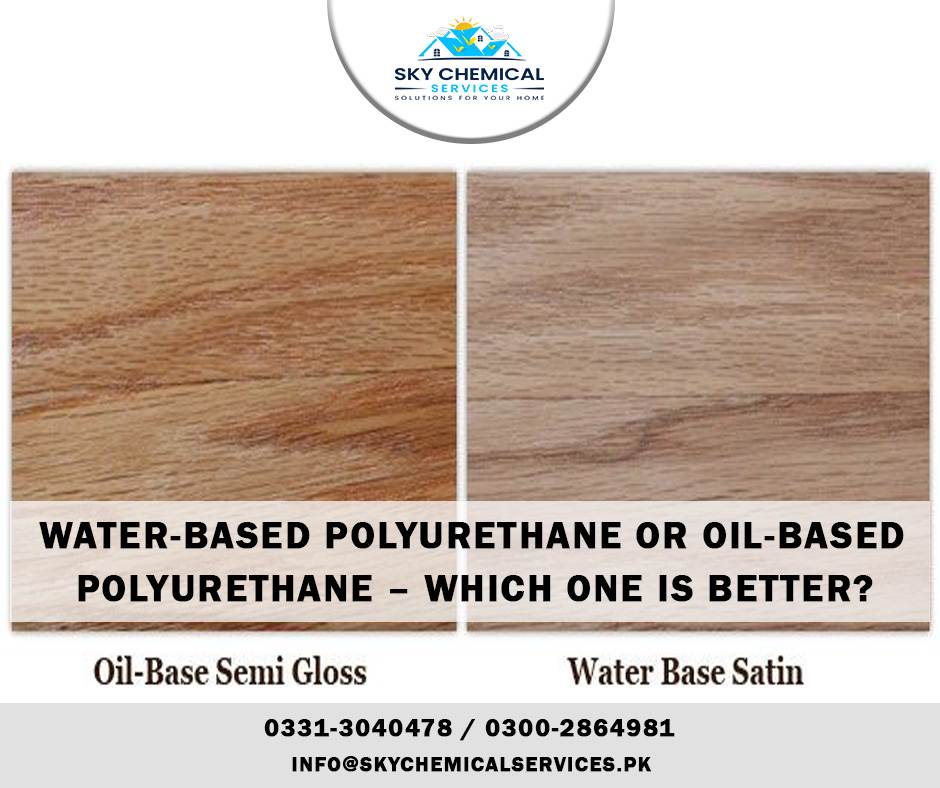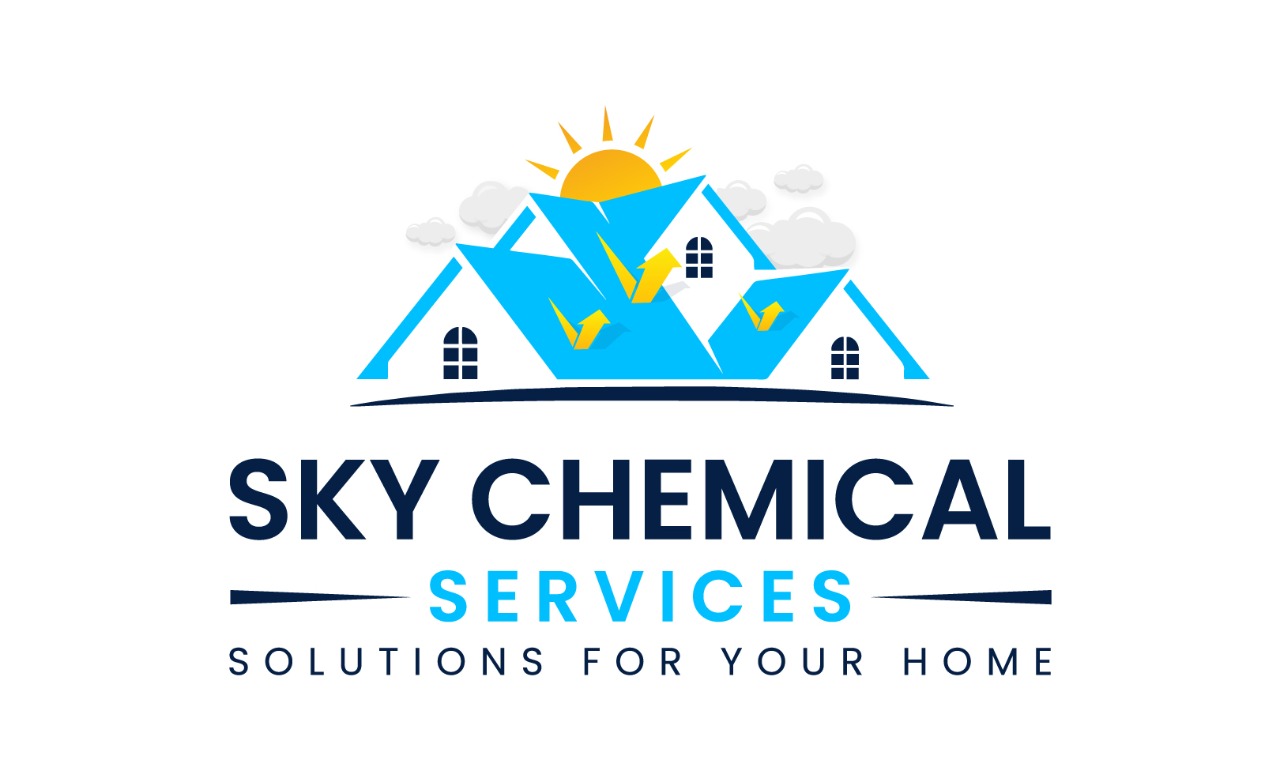
Polyurethane is the best product for hardwood floor finish; applying a coat of PU increases water-resistance and reduces scruffs and scratches. When buyers choose polyurethane for their home’s interior surfaces, they are confused with the type. In other words, they cannot decide between water-based and oil-based coatings.
To make matters simple, we have arranged a comparative study of water-based and oil-based polyurethane coating. Have a read and enjoy!
| Parameters | Water-Based Polyurethane | Oil-Based Polyurethane |
| Color | Transparent | Amber |
| Odor | Minimal | Strong |
| Coating | Thin | Thick |
| Texture | Rough | Smooth |
| Cost | Expensive | Inexpensive |
| Long-term Indications | No Significant Change | Dark Appearance |
| Timing between Coats | 2-3 hours | 24 hours |
| Ease of Application | No experience required | Experience needed |
| Cleaning Procedure | Water & Soap | Mineral Spirits & Turpentine Oil |
| Useful Life | 10 Years | 10 Years |
The selection between water-based polyurethane and oil-based polyurethane depends on several factors, including personal preference, project requirements, and more. Here are some considerations for each type of PU coating:
Water-Based Polyurethane
Water-based polyurethane coats form stiff, protective films over different surfaces. This liquid is primarily composed of water, which acts as the main carrier for polyurethane solids. The surface hardness depends on the quantity of coats applied: Fewer coats reflects a flexible surface, while multiple coats render a hard covering.
Read More
Should You Use Soy-Based Coatings Over Polyurethane?
Myths Attached to Polyurethane
Industries That Benefit from Polyurethane Coatings
Environmental Considerations
Water-based polyurethane has lower VOC (volatile organic compound) emissions compared to oil-based polyurethane. It is less toxic and noxious than oil-based polyurethane. Moreover, it has a milder odor.
Drying Time
Water-based polyurethane dries quickly, typically within a few hours. This allows for quicker recoating or project completion. The process does not require a respirator or the need to vacate everyone from the premises. The dried floor should be used after 24 hours.
Color Retention
Water-based polyurethane remains clear over time, without the yellowing or amber effect that can occur with oil-based polyurethane. It preserves the natural color of the wood or other surfaces.
Cleanup & Maintenance
Water-based polyurethane is easier to clean and maintain. Typically, the combination of soap and water is used for a spick ‘n’ span surface. The floor can be recoated without extensive sanding between coats.
Oil-Based Polyurethane
Oil-based polyurethane finishes are available in spray and brush on formats. It uses mineral solvents and petroleum as a vehicle for polyurethane solids. Unlike water-based polyurethane, it creates a hard protective shell in less coatings. In addition, it leaves a yellowish shine, especially with additional coatings. Extra curing time should be allowed for oil-based polyurethane applications.
Durability
Oil-based polyurethane is recognized for its durability and resistance to wear and tear. With high amounts of VOCs and solids, these coatings render a shiny gloss for the viewer. Moreover, it provides a hard, protective finish that can withstand heavy foot traffic and exposure to moisture and chemicals.
Read More
How to Spray Polyurethane on Different Surfaces?
How to Prevent and Diagnose Concrete Cancer in Buildings?
Ease of Application
Oil-based polyurethane flow more smoothly during application, resulting in a flatter and even finish. It can be applied by adults, whether beginners or experts. Oil-based solutions can be rolled, brushed, or sprayed on.
Recoating and Refinishing
Oil-based polyurethane coatings enhance the natural beauty of wood by adding depth and richness. It imparts a warm, amber tone to the surface and creates an attractive outlook. Oil-based polyurethane solutions require more time to dry and cure. Additionally, it needs sanding between coats or when refinishing.
Conclusion
When choosing between water based and oil-based polyurethane coatings, ensure that your needs are being met. Consider factors such as environmental impact, drying time, color retention, durability, ease of application, and appearance to make an informed decision. It may be helpful to test water-based and oil-based solutions on a small, inconspicuous area to see their interaction with the surface.
If you want to know more, connect with Sky Chemical Services today.
